The Gift of South Dakota
Subscriptions to South Dakota Magazine make great gifts!
Subscribe today — 1 year (6 issues) is just $29!
The Rushmore Essayist
Mar 25, 2014
William Andrew Burkett spent five years as a special agent investigating fraud for the U.S. Department of the Treasury. He worked with a U.S. Senate committee to help investigate bribery of IRS officials, leading to several convictions and the dismissal of IRS staff members. He established several sound and successful California banks. Always an advocate of healthy monetary policy, Burkett testified before Congress on banking reform and regulation. And until the day he died in 1999, he said he owed his lifelong success to a component of Mount Rushmore that never became reality.
Burkett was in law school at the University of Nebraska in 1934 when he heard about a nationwide essay contest. Gutzon Borglum, the sculptor in the midst of shaping Mount Rushmore in the Black Hills, sought submissions that summarized the history of the United States in 500 words. He intended to smooth a granite section 120 feet high and 80 feet wide on which to carve the essay. Borglum thought future generations might be as baffled by Mount Rushmore as contemporary historians were about the sculptures on Easter Island. “You might as well drop a letter in the postal service without an address or signature as to send that carved mountain into the future without identification,” Borglum said.
Borglum had originally asked President Calvin Coolidge to write the entablature. But when Coolidge submitted his first two paragraphs, Borglum edited them so heavily that the former president refused to continue. After Coolidge died in 1933, Borglum asked newspaper publisher William Randolph Hearst to advertise an essay contest in his papers. Hearst agreed and said he would provide cash for prizes and scholarships. Students in several age groups submitted thousands of entries. Burkett was the winner in the college division.
In typical Borglum fashion, however, he rejected all the winning entries and said he would write the entablature text himself. But as work on the monument progressed it became clear there would be no room or money to create elements in Borglum’s original vision, including the entablature and a great Hall of Records behind the heads.
Burkett used the scholarship he won to attend law school. The Nebraska native moved to California, where he became a successful financier and patron the arts. He continued a relationship with Mount Rushmore, serving on several boards. In 1975 he donated to the memorial a large bronze plaque on which was inscribed his winning essay from 1934. It hangs today on the Borglum View Terrace.
He so loved Mount Rushmore that he wanted to be buried near the monument. When he died in 1999, however, he was laid to rest in Monterey, California.


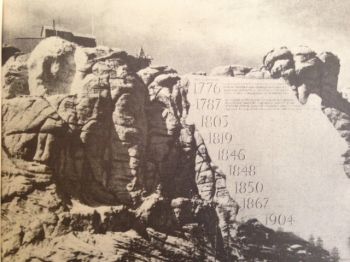
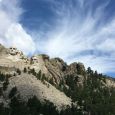
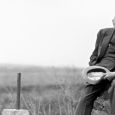
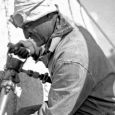
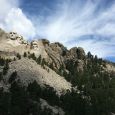

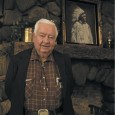


Comments
2. What is Andrew Burkett's hometown and High School Alma mater?